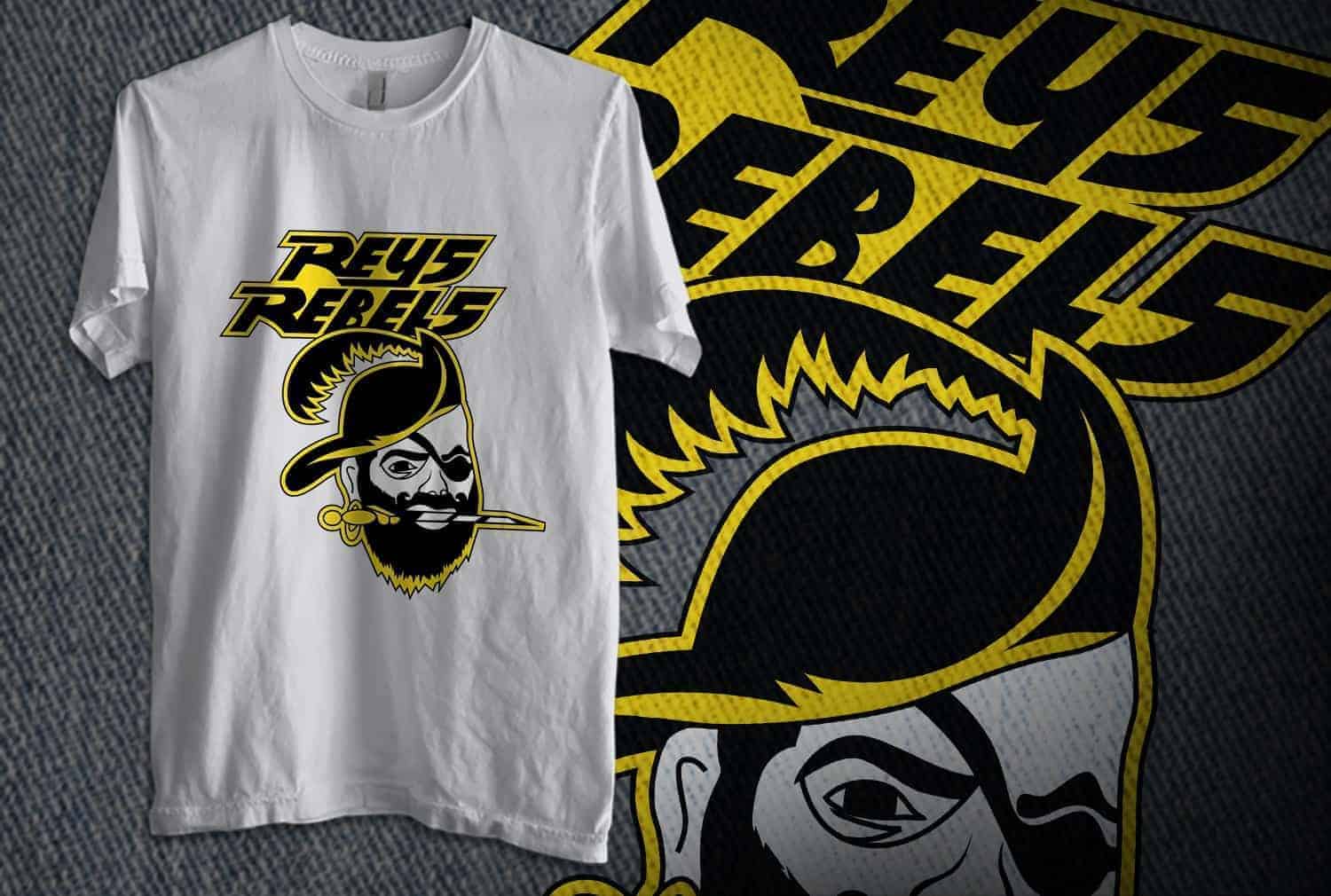TYPES OF SCREEN WORK
Nowadays, screen printing has become increasingly popular. Because screen printing can create unique pieces. There is a design that meets your needs. of people who like new ways to add value to the bag or different types of products which we will see. How many types of screen printing work are there? And what are each type of screen printing work like? As we provide service of screen printing and if you search for t-shirt screen printing near me then you will find us on the top of the list. Let’s discuss this printing method.
SCREEN PRINTING WORK IS MAINLY DIVIDED INTO 3 TYPES:
SILK SCREEN PRINTING
Silk Screen is a type of screen printing that requires the use of blocks to screen, which is specified as 1 color per 1 block. If you want to screen print 4 colors, you must use 4 blocks, which is suitable for screen printing shirts. or a piece of bag that has a lot Because when one block is created, Can be screened next time.
Advantages
: Can be screen printed on a variety of materials such as fabric, wood, MDF, steel, calico bags, plastic, artificial leather (pvc/pu leather) and many more.
Suitable for large quantities of screen printing. Because the cost per screen will be lower, any size of screen may be used.. The screen size can be set from 0.5 centimeters up to 4 meters. In the case of a large screen, The block size used must be large as well. which if the block is large There should be a large number of pieces. So that the cost per piece is lower.
Disadvantages:
Because silk screen printing involves applying color to the blocks that have been created. Screen printing has a chance of breaking. or can peel off If not maintained or used incorrectly
DIGITAL SCREENING WORK
Digital is a step forward in development. Using the method of screen printing the image directly onto the fabric. with a dedicated fabric printer Or also known as the DTG (Direct to Garment) system, which will produce beautiful, sharp screen printing with no limitations on the color of the fabric that needs to be screened. Because it can be screen printed on any color of fabric. Whether it’s a light-colored cloth or dark cloth
Advantages:
Can be printed on a variety of fabrics, unlimited colors, can be screen printed in a variety of colors. without limitations
Able to print small amounts of work Because it is screen printed directly onto the fabric. No need to use blocks for screen printing.
Disadvantages
If screen printing is done in large quantities. It will be more expensive than silk screen and transfer printing.
The size of the screenprinting work is quite limited, no more than 50cm. x 50cm.
TRANSFER, SUBLIMATION, FLEX SCREEN PRINTING USING A HEAT PRESS.
Transfer screening
is screening by printing the pattern or image that you want to screen on transfer paper with Pigment ink and then screening it on the fabric with a heat press. The image or pattern is on the transfer paper. It will be beautifully screen printed onto the fabric.
Advantages:
Can screen a small amount. There is no limit to the colors used for screen printing on the color of the fabric and fabric.
Disadvantages:
cannot use an iron. Iron directly onto the screened side of the fabric. Must be ironed by turning it inside out. Screen printing has a chance of cracking or peeling off because it is screen printed with an image or pattern stuck on the surface of the fabric. not absorbed The screen material will be hard.
Sublimation screen printing
is screen printing by printing a pattern or image that you want to screen onto sublimation paper with special sublimation ink and then using it to screen on cloth, bags, or a variety of other materials. With a hot press (Heat press) by sublimation paint when exposed to heat. There will be sublimation into the fabric or material that needs to be screened. Make the colors absorb into the screen work. Resulting in beautiful, durable, and non-peeling pieces.
Advantages:
Can screen a small amount. There is no limit to the colors used for screen printing. The screen-printed fabric is soft. Colors absorbed into the fabric fibers or the material directly Can be washed normally and does not peel off.
Disadvantages:
There are limitations in fabric colors. and fabrics used in screen printing That is, it can only be screened on light-colored fabrics and TK (Polyester) or TC (Polyester + Cotton) fabrics. It cannot be screened on dark-colored fabrics or cotton fabrics (Cotton 100%) due to dye sublimation. Cannot be absorbed into cotton fabric.
Flex screen printing
It is a type of screening that is specifically used in conjunction with a flex cutting machine by designing the desired work through a user program. and order cutting to a flex cutting machine that can cut various materials such as calico, velvet, PU leather, Polyflex, which can be cut yourself or use ready-made letters. Popularly made into logos or letters. Then it is hot rolled onto the material. or clothing with a Heatpress machine. The heat will cause the glue on the back of the calico, velvet, PU or Polyflex to melt and be able to adhere to various materials or various types of fabric.
Advantages:
No need to use a screen block.
Able to screen a small amount
Screen printing work is outstanding and beautiful due to logos or letters. slightly raised
Can be screened on a variety of materials such as canvas, cotton, polo shirts, calico bags, hats.
Disadvantages:
Flex work can be made into letters, graphic patterns, or logos, but photographs cannot be used to flex screen.



